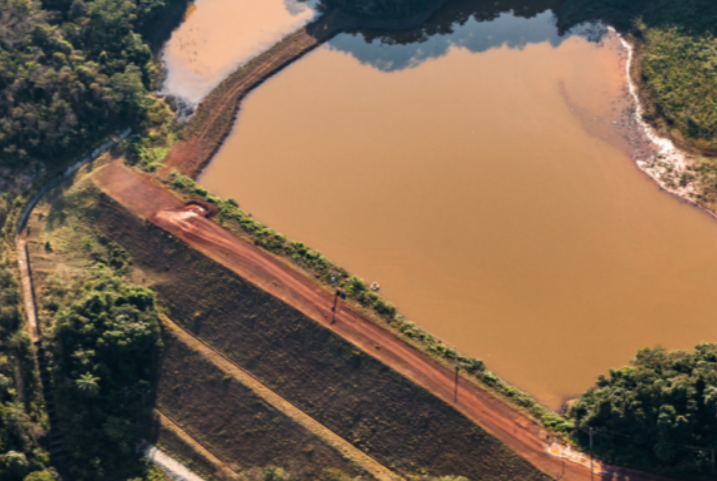On January 25, 2019, the world looked on in horror at the wave of mud unleashed by the Brumadinho dam collapse. The incident, the second of its kind in just over three years, killed 246 people, polluted river basins, and destroyed entire parts of a city. After the disaster, authorities promised to act—imposing tougher regulations on tailings management and punishing the culprits. But now, seven months later, the federal government decided to adopt a more lenient approach with mining companies.
The National Mining Agency (ANM) has just issued a new norm establishing longer deadlines for miners to decommission so-called “upstream” dams, the same kind that collapsed in Brumadinho this year and in Mariana in 2015. These dams are the cheapest, least-safe variety, consisting of walls built using tailings to form a sort of staircase effect (picture below).

Some of the first tasks determined by the agency—such as removing administrative, leisure, or healthcare buildings from areas that could be directly impacted by the dams in case of a disaster—would be due this week, according to the original schedule. Now, companies will have two more months to comply with this norm. They will...


 Search
Search






































